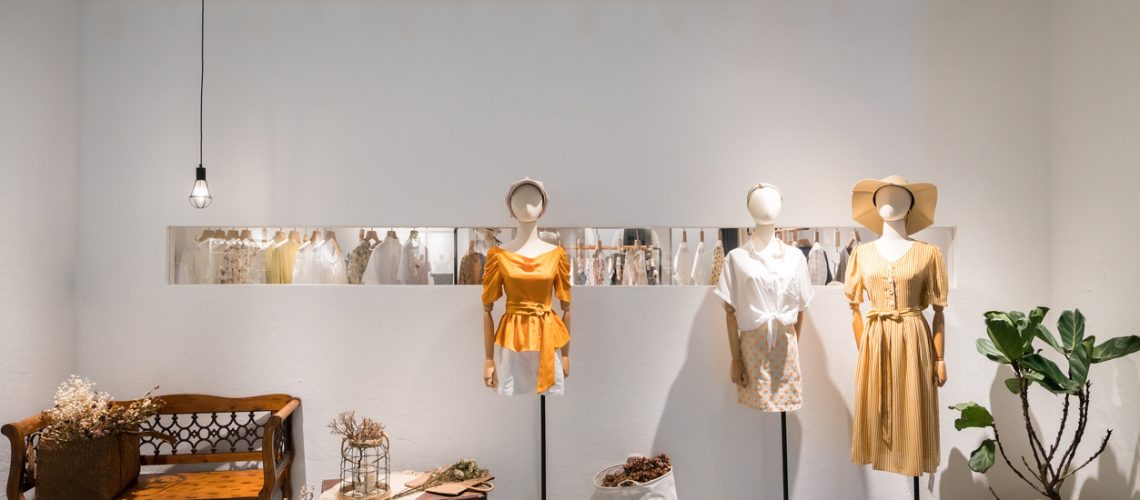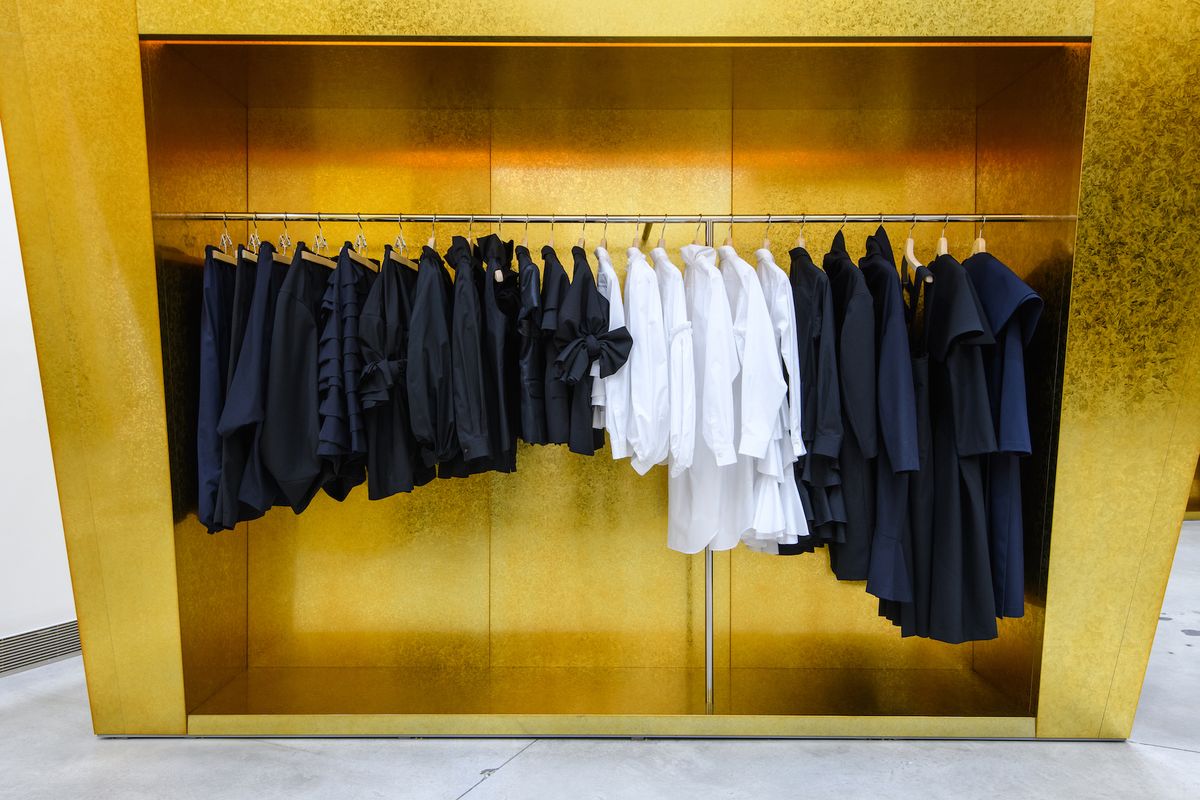Exploring the World of Lasting Boutique Fashion Brands
Exploring the World of Lasting Boutique Fashion Brands
Blog Article
A Deep Dive Into the Globe of High-Fashion Runways: Understanding Apparel as Art
Developers, a lot like skillful artists, weave elaborate stories via textile, form, and shade, redefining and challenging typical standards charm standards. As we explore these sartorial eyeglasses, we must contemplate: what duty does style play in forming societal worths, and exactly how does it reflect the ever-changing tapestry of human emotion and identification?
The Advancement of Runway Shows
The trajectory of path programs has transformed dramatically over the decades, advancing from exclusive market occasions to exciting eyeglasses that mix fashion with art. Traditionally, path programs were intimate events, held in ateliers or tiny locations, mostly gone to by buyers and industry experts. These very early discussions concentrated on the garments' craftsmanship and industrial feasibility, using a sensible and straight display of seasonal collections.
As the garment industry expanded, the nature of path programs began to transform. The 1970s and 1980s noted a transforming factor, with designers looking for to differentiate themselves with more staged presentations. This age saw the increase of fancy collections, choreographed designs, and thematic narratives, declaring a brand-new age where the runway became an experiential system. The programs changed into a form of narration, where each collection shared a distinctive story or idea.
Over the last few years, innovation and social networks have further changed runway programs, making them easily accessible to a worldwide audience. Livestreaming and electronic systems have democratized style, enabling enthusiasts worldwide to witness these occasions in real-time (boutique fashion). This development mirrors a more comprehensive social change, where high-fashion runways offer as a vibrant intersection of design, performance, and advancement
Designers as Enthusiast Artists
Exactly how have designers transcended their roles to come to be visionary musicians? Developers in the high-fashion industry have actually obscured the lines in between practical garment production and the conceptual realm of art. This improvement is evident in the means they approach their collections, not just as clothing however as profound expressions of emotion, society, and identity. By accepting imaginative techniques such as sculpture, painting, and avant-garde setups, designers craft garments that test traditional style norms and raise them to art kinds.
Visionary developers draw inspiration from a myriad of resources, consisting of abstract art, historical recommendations, and personal stories. They possess an one-of-a-kind capability to imagine and appear ideas that push the boundaries of traditional style, commonly redefining visual standards at the same time. This creative resourcefulness is showcased through dramatic silhouettes, cutting-edge products, and elaborate craftsmanship, which welcome customers to experience fashion as even more than simply wearable products.
Furthermore, the path acts as a canvas for these artists, where illumination, songs, and set design coalesce to develop immersive experiences. These presentations are not just display screens of apparel yet are managed performances that stimulate emotion and prompt thought, verifying the developer's function as a real musician in the modern cultural landscape.
Cultural Impacts in Style
Cultural tapestry weaves its complex patterns right into the material of fashion, influencing developers around the world. The dynamic interchange of social stories, customs, and icons informs and inspires collections that grace high-fashion paths.
The influence of culture on style is frequently seen in the reinterpretation of typical garments and patterns. For example, using Japanese kimonos, Indian saris, or African prints in contemporary style mirrors a mix of social authenticity and modern-day aesthetic appeals. Developers such as Valentino's Pierpaolo Piccioli and Alexander McQueen's Sarah Burton have been recognized to include abundant social themes into their couture collections, equating history into wearable art.

Technology in Textile and Layout
Advancement in fabric and style continually reshapes the landscape of high-fashion, pressing boundaries and redefining opportunities. In recent times, technological improvements have actually dramatically added to this advancement, presenting products that challenge typical perceptions. Textiles embedded with smart fibers, capable of transforming color or regulating temperature level, are no much longer restricted to the world of science fiction. Designers are progressively discovering the combination of modern technology, such as 3D printing, which enables for the production of intricate frameworks that were previously unimaginable.
The style market is seeing a surge in the use of green materials, obtained from recycled plastics, organic fibers, and even naturally degradable components. Developers are accepting these products click to read to craft garments that are both aware and aesthetically striking of their environmental footprint.
In terms of layout, progressive silhouettes and speculative types are continuously reinventing the path. By integrating cutting-edge techniques and unusual materials, developers grow garments that obscure the line between style and art, setting brand-new standards you can find out more for imagination and expression in the high-fashion ball.
Effect of Fashion on Society
Style possesses a profound influence on culture, offering as both a reflection of social identity and a catalyst for social change. With its development, style has actually mirrored social shifts, encapsulating the zeitgeist of various eras. As an example, the flapper outfits of the 1920s embodied a newly found feeling of ladies's liberation, while the vibrant prints of the 1960s echoed the revolutionary spirit of the moment. High-fashion runways, particularly, act as systems for difficult standards and redefining elegance criteria. Developers make use of these venues to attend to pushing social concerns, from sustainability to variety, thereby shaping public discourse.
Additionally, fashion has the power to bridge cultural spaces, cultivating understanding and gratitude amongst diverse teams. As globalisation increases, the cross-cultural exchange of fashion concepts comes to be increasingly substantial, advertising inclusivity and diversity. The rise of streetwear, stemming from urban subcultures, highlights exactly how fashion can transcend socio-economic limits, approving people a method of self-expression and empowerment.
Basically, fashion is not simply about aesthetic appeals; it is a vibrant force that affects worths, attitudes, and social progress (boutique fashion). By continually interacting with social and social currents, style remains an important component of the collective human experience

Conclusion
High-fashion runways function as vibrant sectors where clothing goes beyond performance to come to be a meaningful art type. Developers, similar to visionary artists, coordinate collections that reflect identity, this contact form emotion, and cultural narratives, challenging traditional visual appeals. The blend of innovative material and design, coupled with elaborate collection styles, illumination, and songs, creates immersive experiences that celebrate cultural variety. This crossway of style and virtuosity not only captivates target markets globally but likewise affects societal understandings and promotes a deeper recognition for cultural diversity.

Social tapestry weaves its elaborate patterns into the textile of fashion, influencing designers globally.Style possesses an extensive impact on society, offering as both a reflection of social identification and a stimulant for social modification.
Report this page